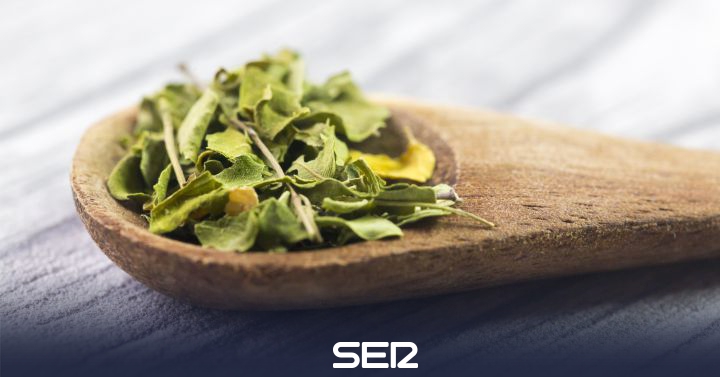Moringa, the super ingredient for fettuccine! | Science and Technology

What do we eat? Do we eat for pleasure, or to nourish ourselves, or for both purposes? Most of us probably eat for pleasure, without being well aware of true nutrition, which provides us with what is necessary for the normal functioning of the body: proteins, carbohydrates, minerals, fiber, fats, etc.
All of these ingredients can be found in the food we eat. But also through them we can introduce substances like GABA, thioglycosides, peptides, etc. into our body. that prevent chronic and destructive diseases.
To achieve this effect, it is important to achieve a daily balance of what we put in our mouths.
The great potential of Moringa seeds
Native to Asia and well-known in Africa, the Moringa tree continues to spread in Europe and America. Although scientists focus on their consumption LeavesThe seeds of this plant also have great nutritional potential. In some African countries, it is consumed plain or roasted because it has a valuable nutritional composition and a high content of medicinal substances.
Low-starch Moringa seeds are an important source of protein, polyunsaturated fatty acids (including omega 3 and 6), dietary fiber, minerals, vitamins, polyphenols, alkaloids (moringin) and glucosinolates. As if that wasn’t enough, Germination of Moringa oleifera L. Enhances the antioxidant activity of sprouts and increases their content of protein, fiber, fats, riboflavin, thiamine, phenolic compounds, GABA and individual thioglycosides.
All these vital compounds are associated with the prevention and treatment of various degenerative, chronic and catastrophic diseases such as Type 2 diabetes, cardiovascular disease, anemia and cancer.
According to the instructions European Food Safety Authority (EFSA)It is recommended to eat more than 25 grams of fiber per day to maintain bowel function and reduce the risks of weight gain, cardiovascular disease and type 2 diabetes, so consuming 100 grams of Moringa sprouts per day can meet these needs.
Fettuccine de Moringa
Fettuccini is a product that many of us love, and we are not satisfied with just one dish of our favorite pasta. Traditionally made from 100% wheat semolina, it is a source of carbohydrates, rich in energy and low in nutrients, so its excessive consumption can be harmful.
Recent Studies They show that it is possible to make a traditional fettuccine with health benefits, using Moringa sprouts (Fig. 1), an ingredient with endless nutritional and health properties, adding to the health benefits of those consuming this pasta.
The process of obtaining crushed moringa sprouts. / Copy
Fettuccine can be enriched by 5% to 30% with sprouted Moringa (Fig. 2), which increases the nutritional quality and health characteristics of traditional pasta.

Dry pasta enriched with Moringa sprout powder. / Copy
the Fettuccine Made from moringa sprouts It contains 1.3 times more protein than conventional pasta, 21 times more fiber and up to 5.6 times the mineral content. On the other hand, the amount of carbohydrates is greatly reduced as the amount of sprouted moringa flour used to make the fettuccine increases.
the Fettuccine Enriched with the flour of the Moringa plant, it also has higher levels of thiamine (vitamin B1), riboflavin (vitamin B2), aminobutyric acid (GABA), phenolic compounds, glucosinolates and antioxidant activity, than conventional pasta.
The texture and organoleptic properties of the pasta are not affected when Moringa sprouts are added by up to 10%. If this ratio is exceeded, a bitter taste can be perceived.
In conclusion, there is great potential when it comes to using Moringa seed powders as a nutritious and biologically active ingredient for pasta production, and why not, a wide range of functional food products such as baked goods or extruded foods.
Karen Coelho Ojedafood engineering, Escuela Superior Politécnica del Litoral ESPOL (Ecuador)
This article was originally published Conversation. Read the A native.




